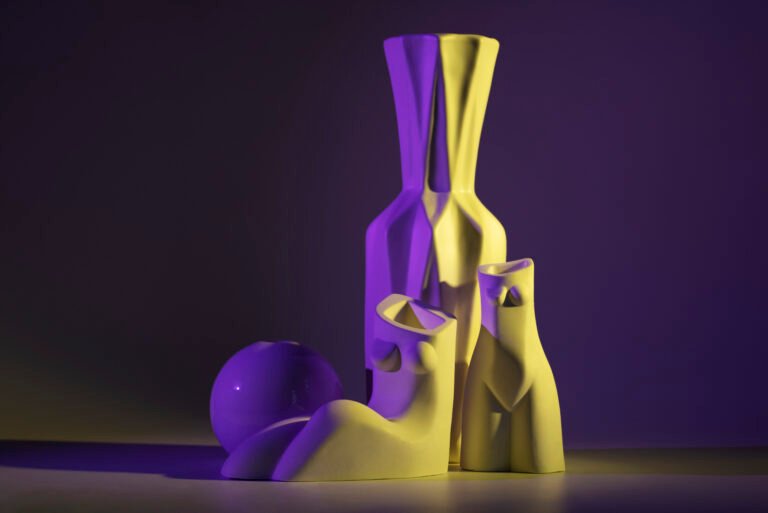The worlds of art, music, and cultural expression are often shaped by visionary creators whose works transcend boundaries. Among these innovators are Caibo Simon, Toto Beethzart, and Anais Vivas, whose unique approaches to themes like separacion (separation) challenge conventional narratives. This article delves into their contributions, unpacking how their art interrogates identity, connection, and fragmentation. From Simon’s abstract symbolism to Beethzart’s fusion of sound and visual storytelling, and Vivas’s exploration of cultural divides, we examine how these creators redefine creativity in a fractured world.
The Artistic Vision of Caibo Simon: Fragmentation as a Language
Toto Beethzart: Blending Sound and Silence in the Era of Separacion
Toto Beethzart, a composer and multimedia artist, reimagines music as a tool to navigate separation. His experimental symphonies, such as Requiem for the Divided, incorporate jarring silences, dissonant harmonies, and sudden crescendos to reflect the unpredictability of human relationships. Beethzart’s collaborations with visual artists like Anais Vivas further blur the lines between auditory and tactile experiences. In his Sonic Landscapes project, listeners wear blindfolds while vibrations and abstract sounds simulate the sensation of being “separated” from sight, forcing reliance on other senses. This interplay of absence and presence challenges audiences to rethink how separation shapes perception.
Separacion: A Universal Theme in Modern Art
The concept of separacion—whether physical, emotional, or cultural—resonates deeply in today’s globalized yet polarized world. Artists like Simon and Beethzart use this theme to critique issues such as immigration, ideological divides, and digital alienation. Anais Vivas’s photography series Borders Unseen exemplifies this, capturing the invisible barriers between communities through blurred portraits and overlapping shadows. Her work questions what it means to belong in an age where borders are both literal and metaphorical. By framing separation not as an endpoint but a starting point for dialogue, these creators transform isolation into a catalyst for empathy.
Anais Vivas: Bridging Divides Through Cultural Storytelling
Anais Vivas’s art is a testament to the power of storytelling in healing divides. Her mixed-media installations, such as Threads of Memory, weave together fabrics, photographs, and oral histories from displaced communities. Vivas focuses on the separacion endured by migrants, using art to reconstruct fragmented identities. In one poignant exhibit, she suspended hundreds of handwritten letters between separated families mid-air, allowing visitors to walk through the “clouds of loss and hope.” Her collaboration with Toto Beethzart on the Echoes of Home project combines soundscapes of ancestral chants with visual narratives, creating a multisensory homage to resilience.
The Legacy of Collaboration: Simon, Beethzart, and Vivas
While each artist explores separacion independently, their occasional collaborations reveal a shared vision. The trio’s 2022 exhibition Fractured Wholeness merged Simon’s fragmented canvases, Beethzart’s dissonant scores, and Vivas’s layered documentaries into a unified critique of modern disconnection. The exhibition’s centerpiece, a mirrored room with shifting reflections and echoing whispers, symbolized the duality of separation—both isolating and unifying. Such projects underscore their belief that art can mend fractures by making them visible.
Conclusion
Frequently Asked Questions (FAQs)
Q1: Who are Caibo Simon, Toto Beethzart, and Anais Vivas?
A: They are contemporary artists known for exploring themes of separation, identity, and cultural divides through visual art, music, and multimedia installations. Their works often intersect to critique modern societal fractures.
Q2: How does “separacion” influence their art?
A: Separation is a central theme—whether physical (migration), emotional (isolation), or cultural (identity loss). Each artist uses it to provoke dialogue about connection and resilience.
Q3: What makes their collaborations unique?
A: By merging visual art, sound, and storytelling, their joint projects create immersive experiences that challenge viewers to engage with separation multisensorially.
Q4: How can audiences engage with their work?
A: Exhibitions, sound installations, and digital archives are widely accessible. Follow their galleries or online platforms for virtual tours and collaborative projects.
Q5: Why is their work relevant today?
A: In an era of political polarization and digital detachment, their art addresses universal struggles with belonging, making their messages deeply resonant.
